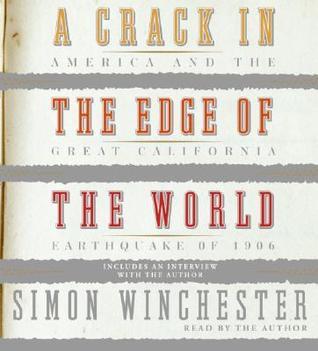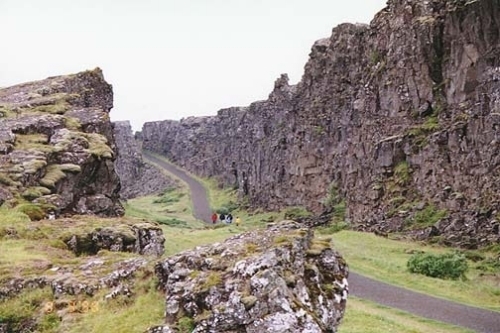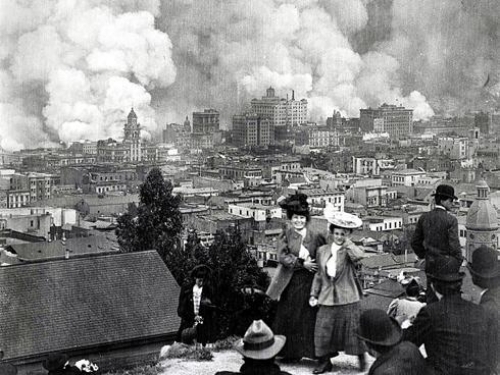What do you think?
Rate this book


Though the epicenter of this marvelously constructed book is San Francisco, Winchester covers much more than just the disaster. He discusses how this particular quake led to greater scientific study of quakes in an attempt to understand the movements of the earth. Trained at Oxford University as a geologist, Winchester is well qualified to discuss the subject, and he clearly explains plate tectonics theory (first introduced in 1968) and the creation of the San Andreas Fault, along with the geologic exploration of the American West in the late 19th century and the evolution of technology used to measure and predict earthquakes. He also covers the social and political shifts caused by the disaster, such as the way that Pentecostalists viewed the quake as "a message of divine approval" and used it to recruit new members into the church, and the rise in the local Chinese population. With many records destroyed in the fire, there was no way to distinguish between legal and illegal immigrants, and thus many more Chinese were granted citizenship than would have otherwise been. Filled with eyewitness accounts, vivid descriptions, crisp prose, and many delightful meanderings, A Crack in the Edge of the World is a thoroughly absorbing tale. --Shawn Carkonen
Audio CD
First published October 4, 2005




JONATHAN: Did you know that the human head weighs eight pounds?
SIMON: Did you know that Robert Wallace of the U.S. Geological Survey took a violin with him into the field to serenade coyotes?
JONATHAN: Did you know that my next door neighbor has three rabbits?
SIMON: Did you know that President Warren G. Harding and King Kalakaua of Hawaii both died in San Francisco’s Palace Hotel and that King Kalakaua’s real name was David Laamea Kamanakapuu Mahinulani Naloiaehuokalani Lumialani Kalakaua?
ME: Did you know that I’m driving this car off a cliff right now? Because I am.
Some while ago, when I was half-idly browsing my way around the Internet, I stumbled across the home page of an obscure small town in western Ohio with the arresting name of Wapakoneta.
What I remember most about the city, which was spread out beyond the low hills and clustered like a jewel box of gleaming spires and glittering windows on its tiny thumbnail peninsula, was just how astonishingly delicate it all looked. [...] I squinted through a big brass telescope that been obligingly placed upon the parapet. My feeling was that this was a confection of untoward and only half-urban-looking delicacy was confirmed by the magnifying lenses. How tightly San Francisco appeared to cling on to its hillsides: One could imagine knuckles whitened, sinews straining, teeth gritted.